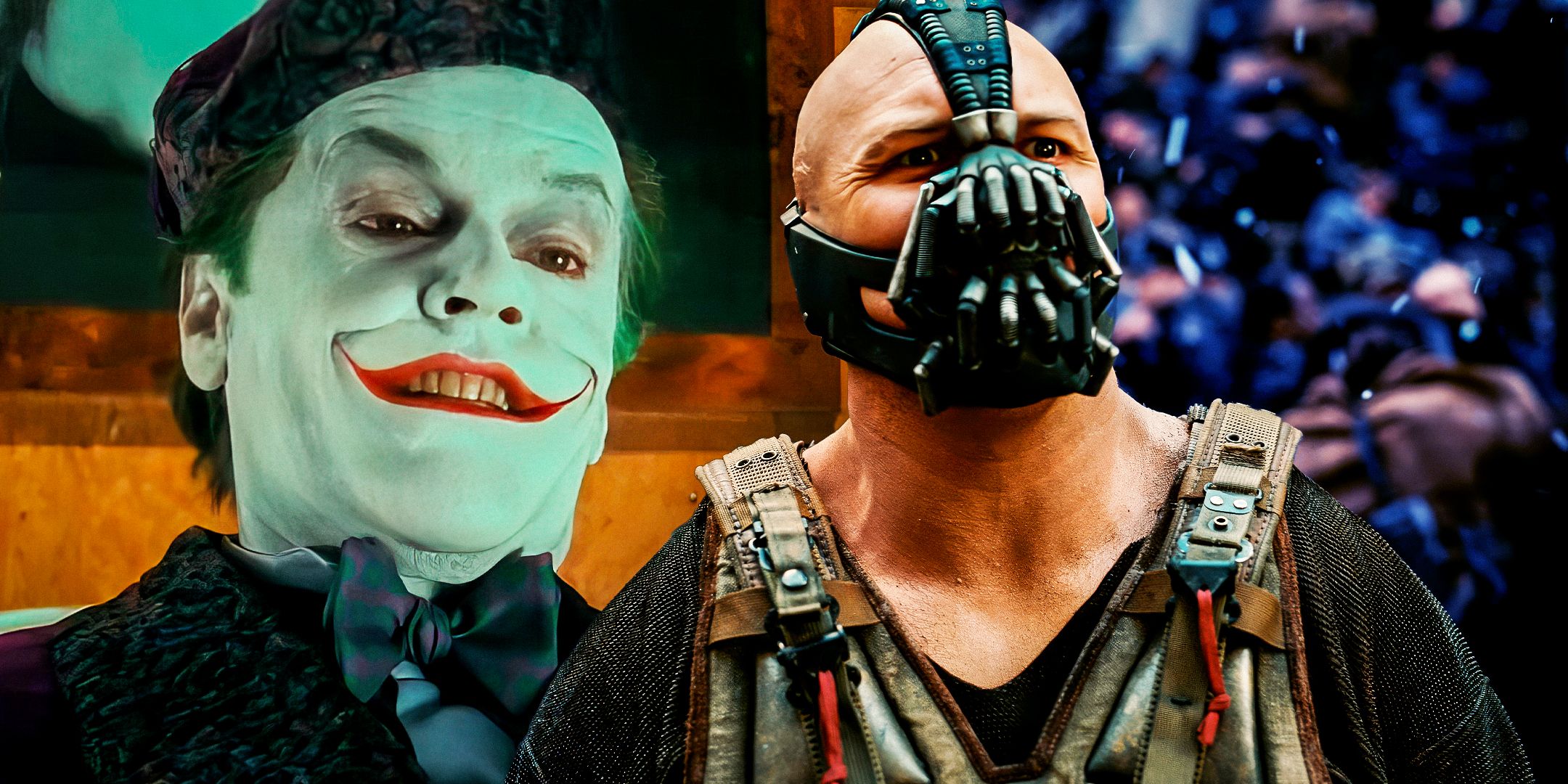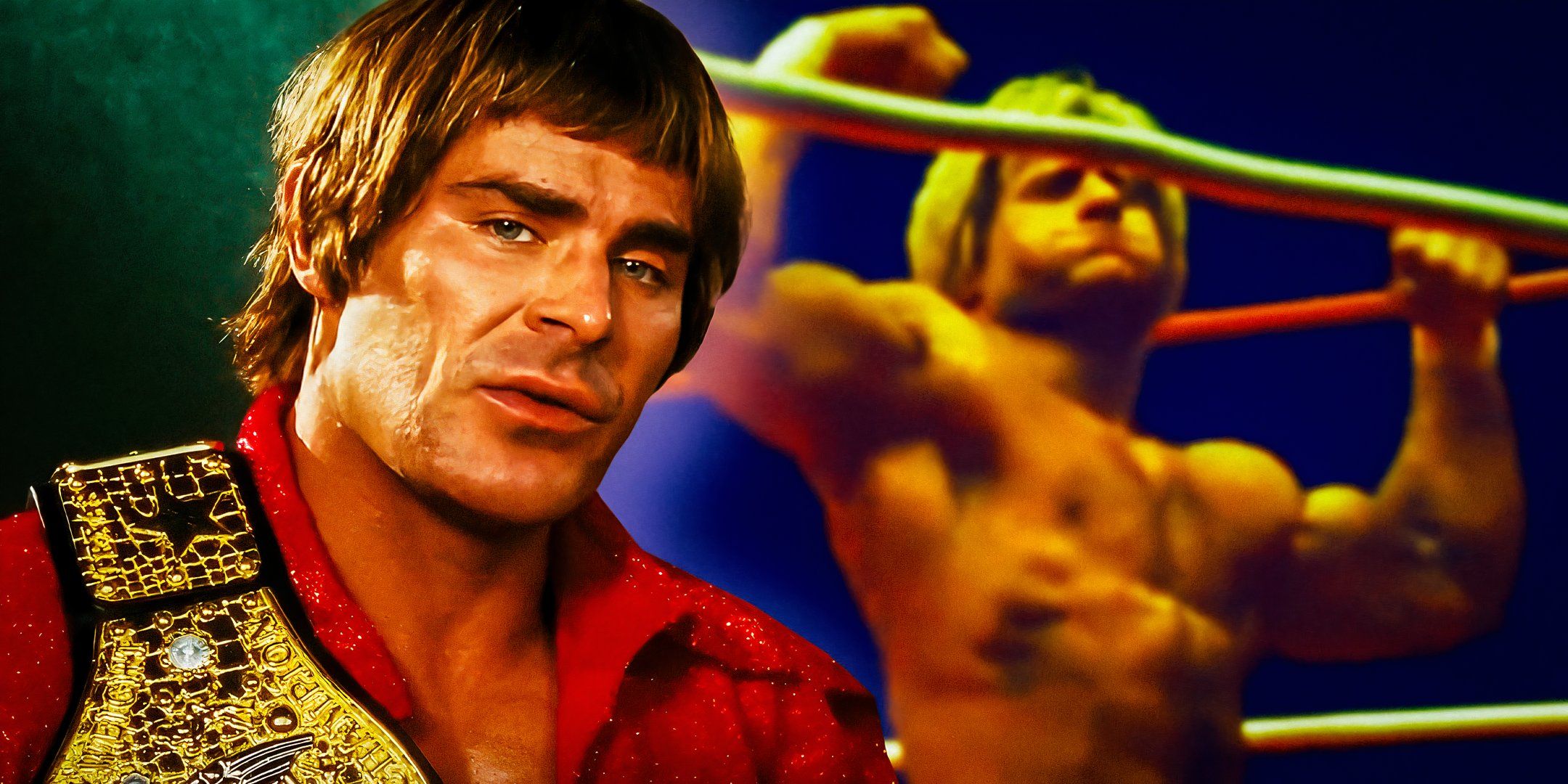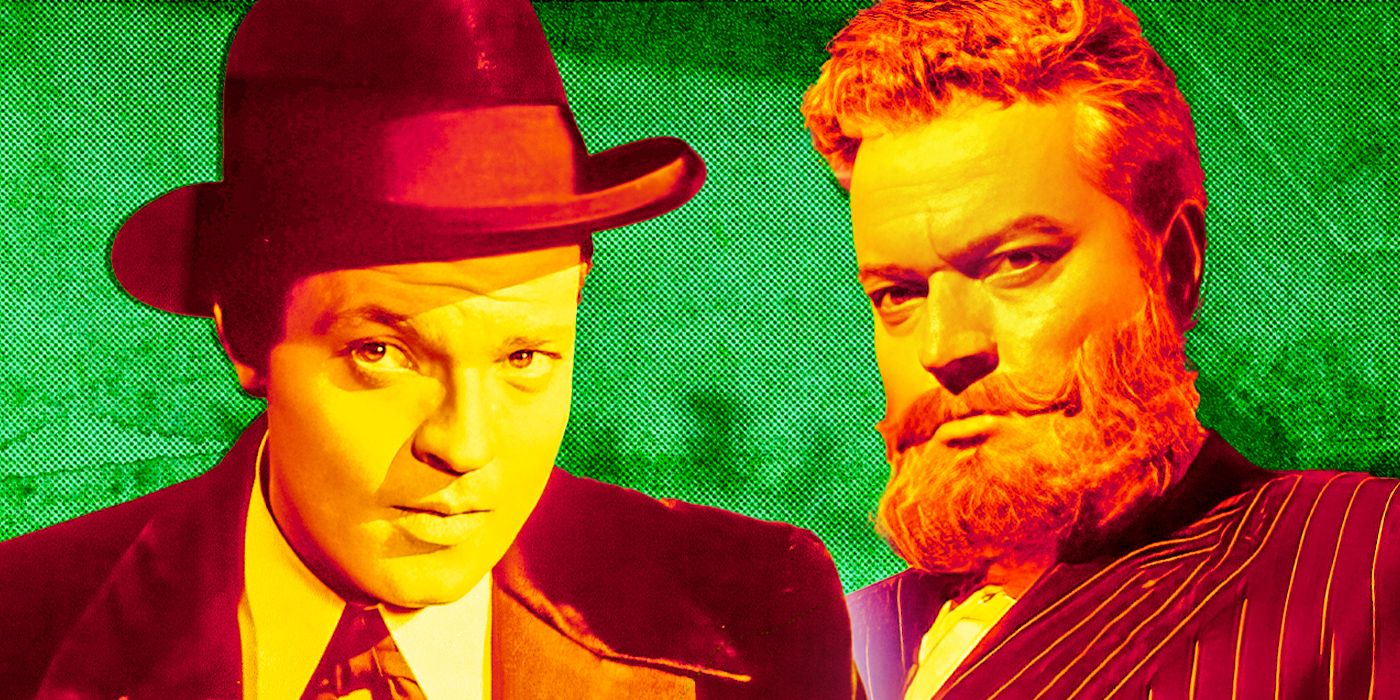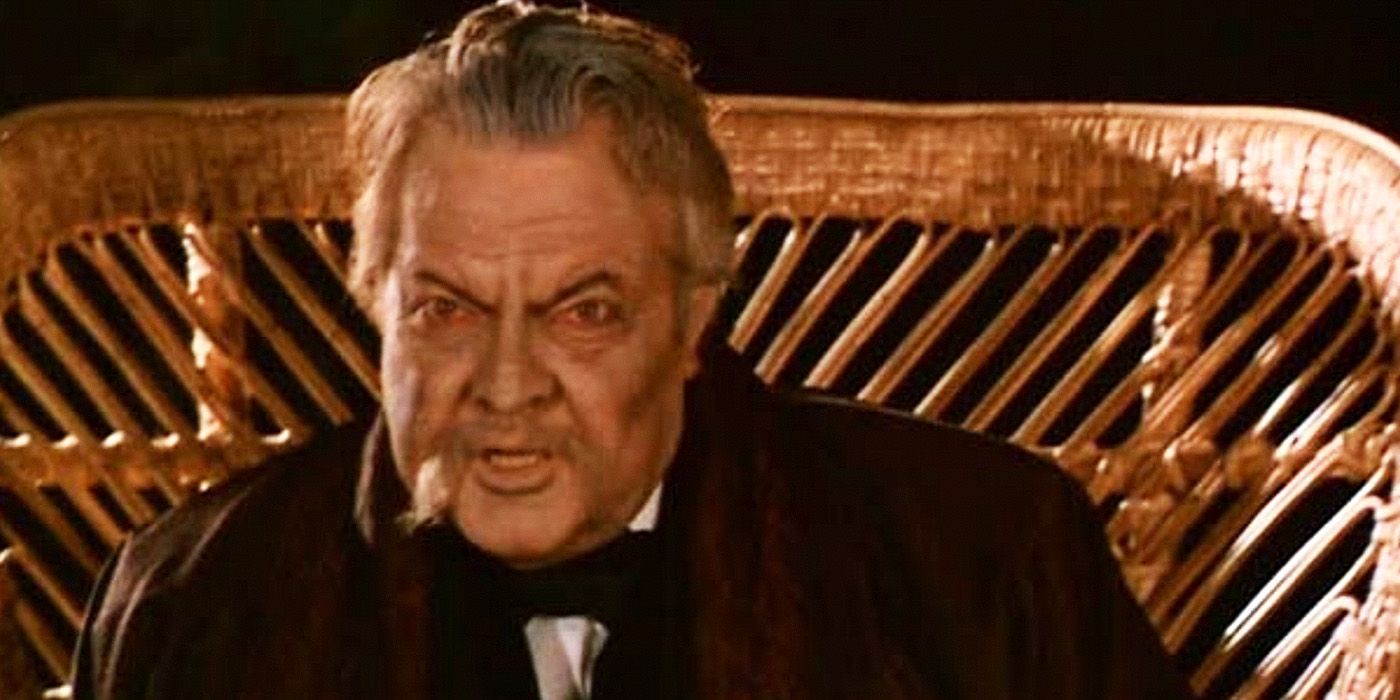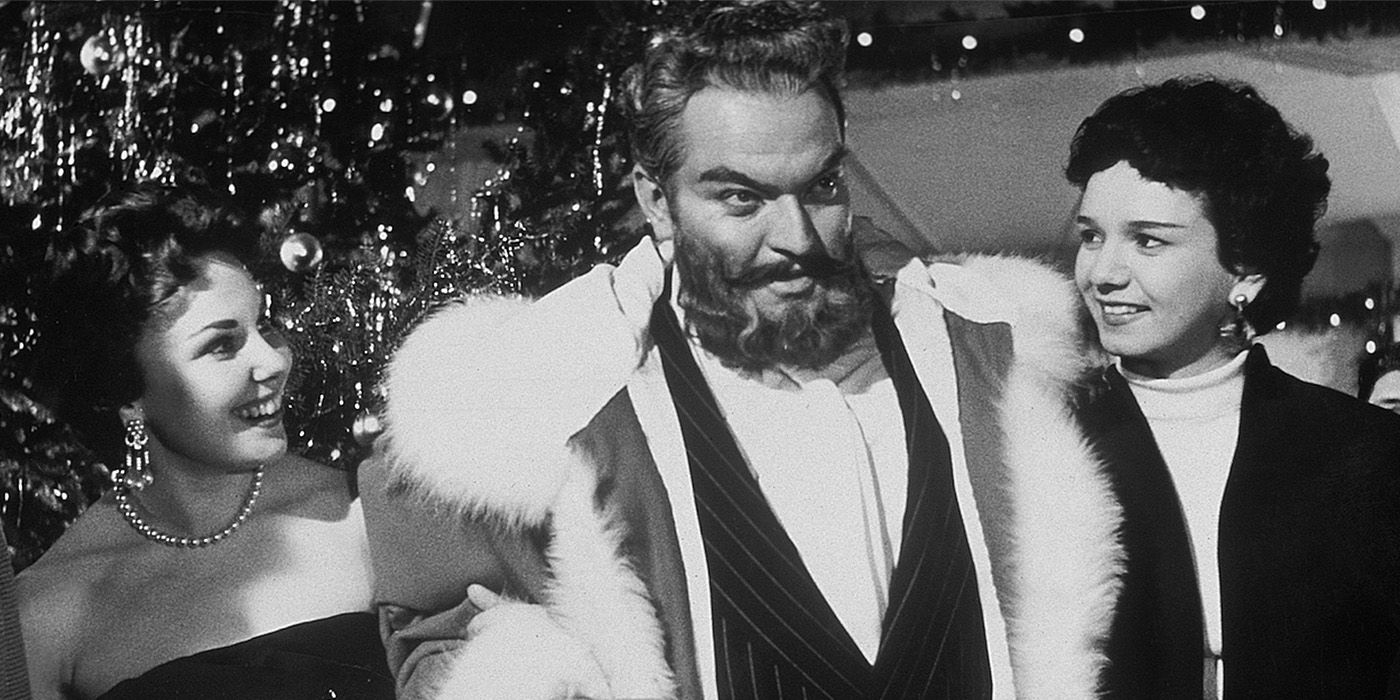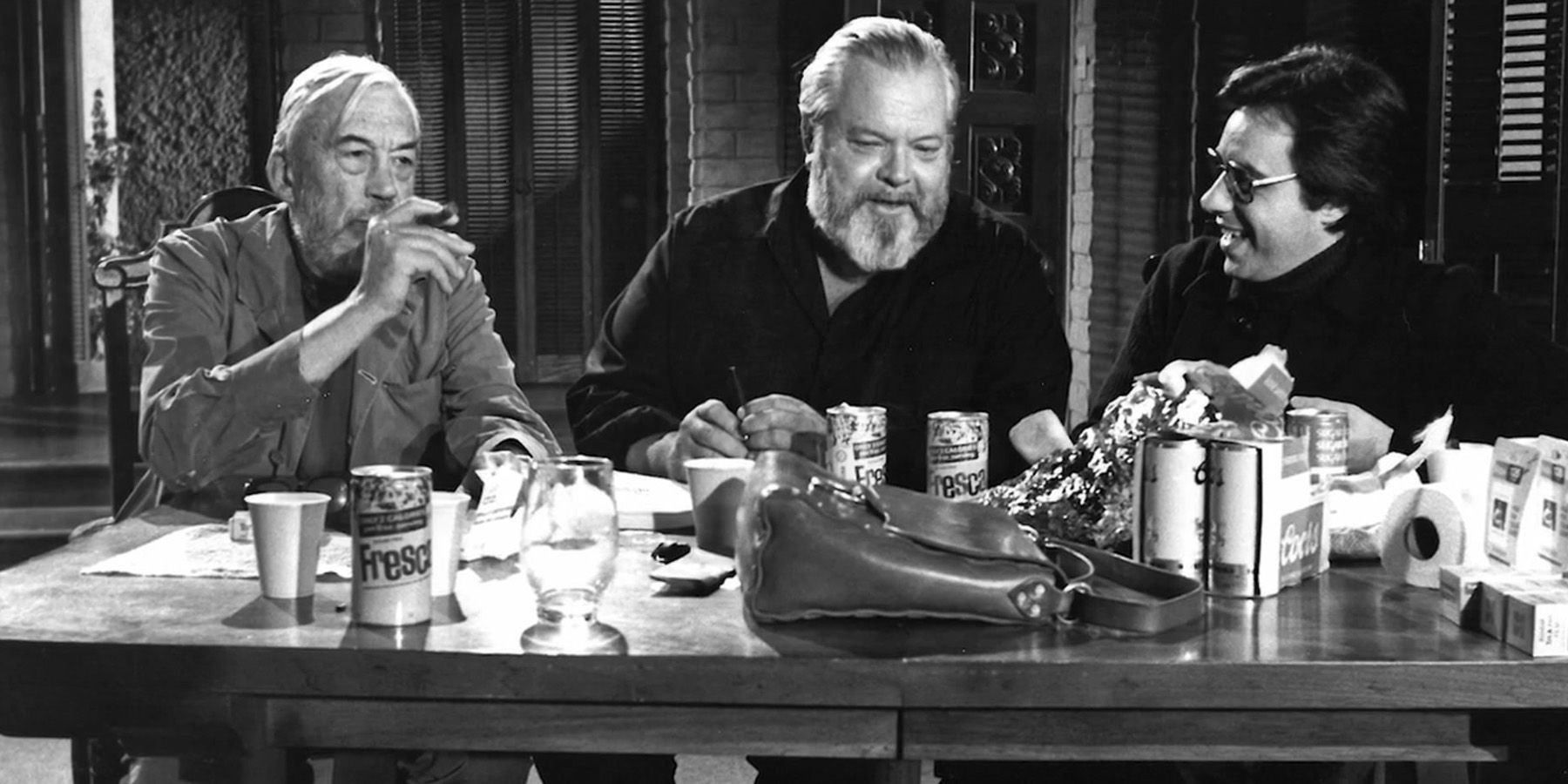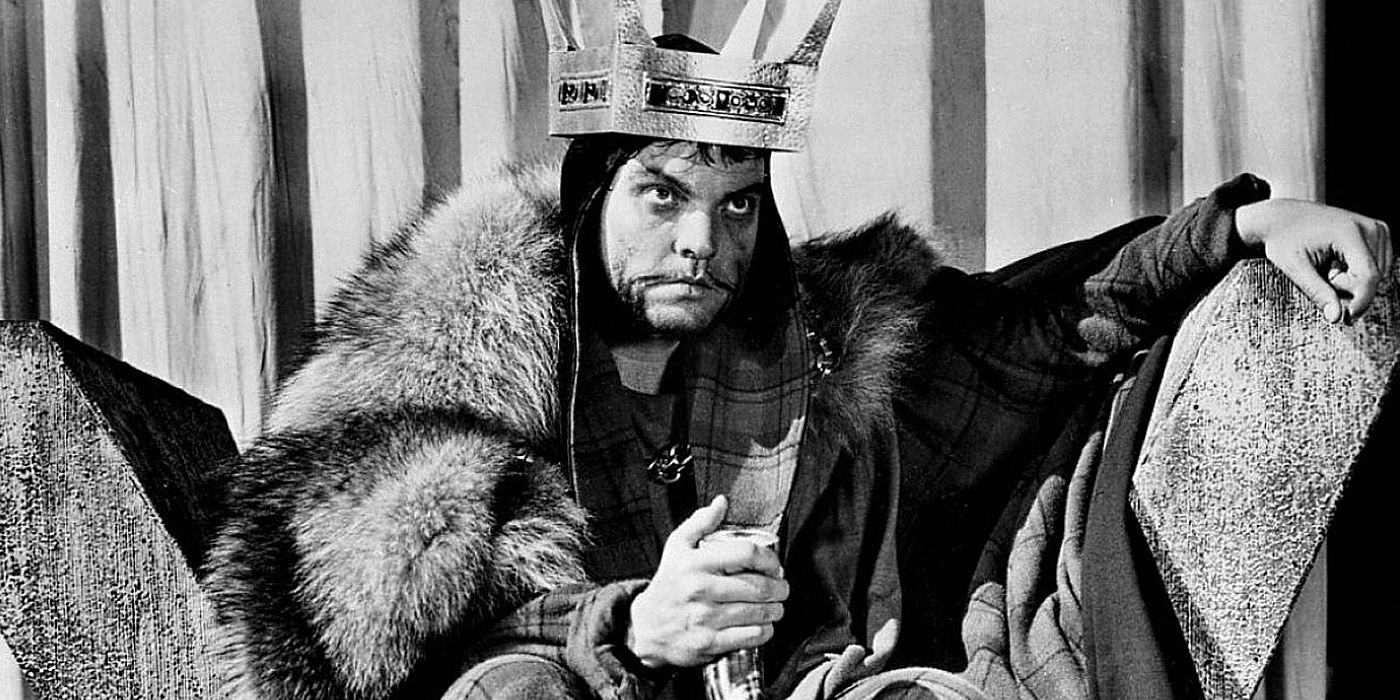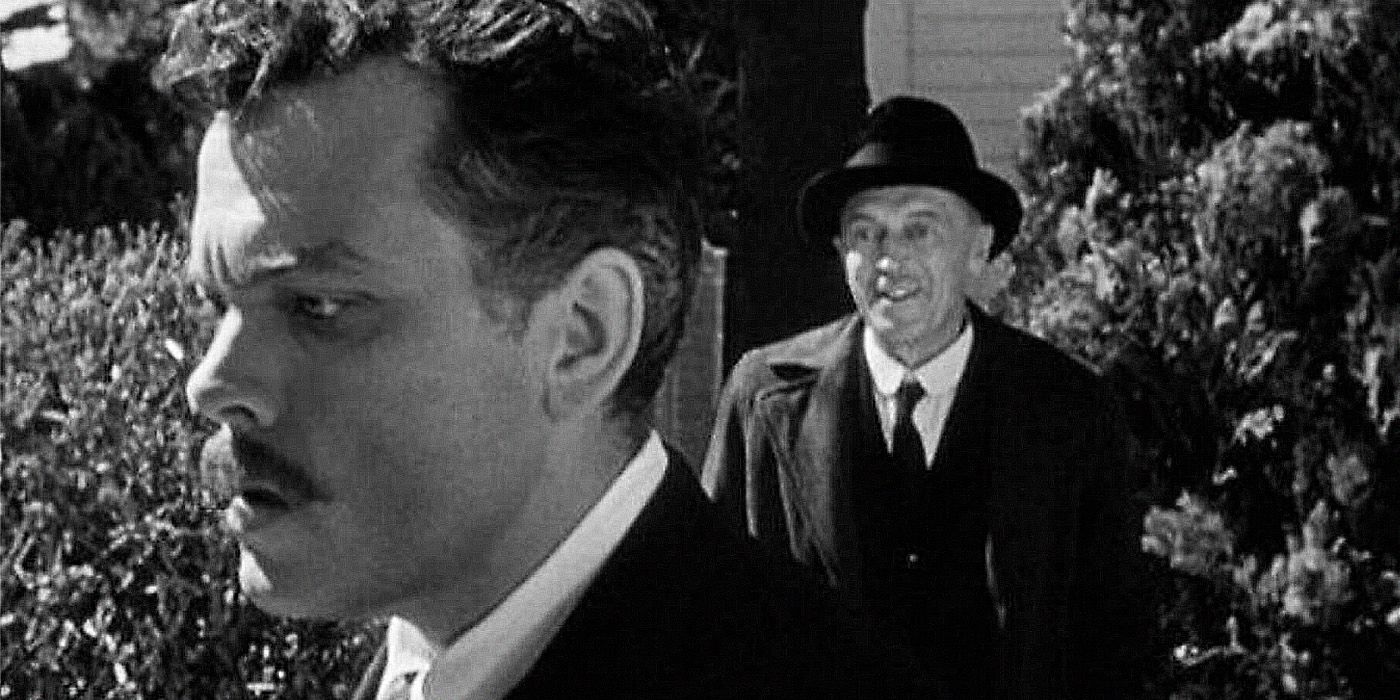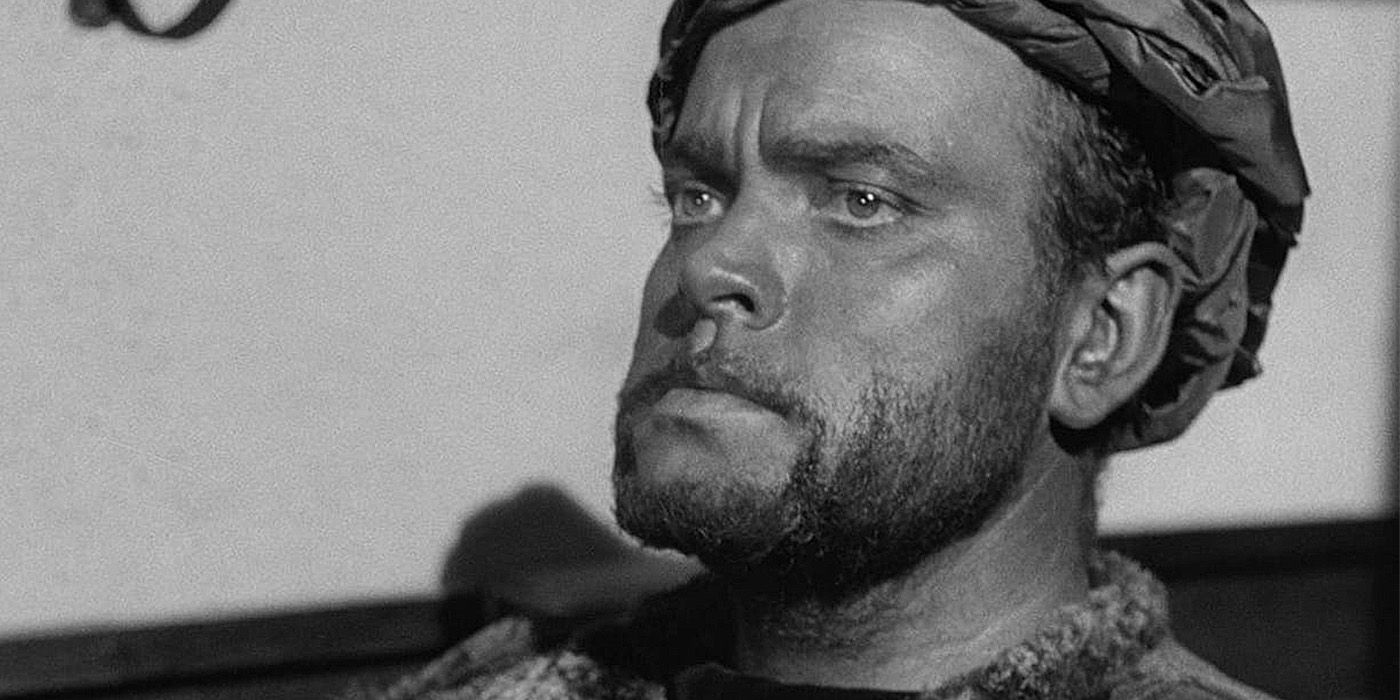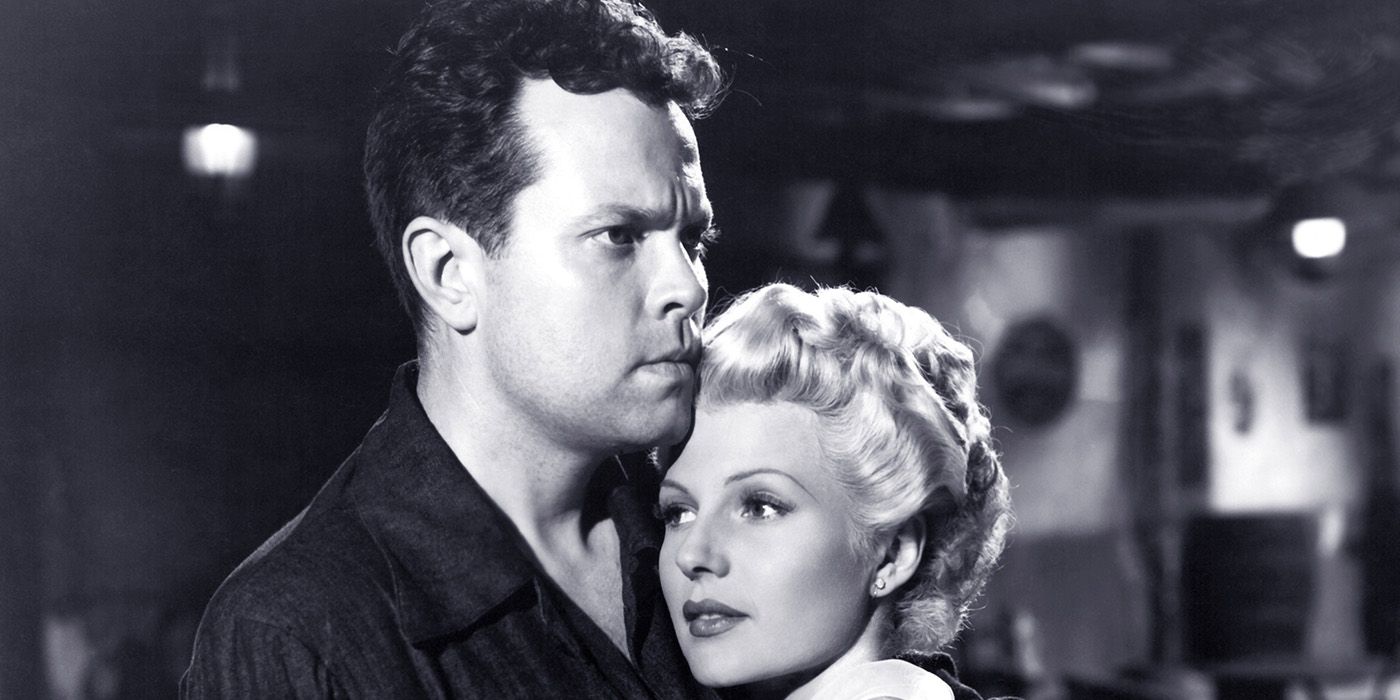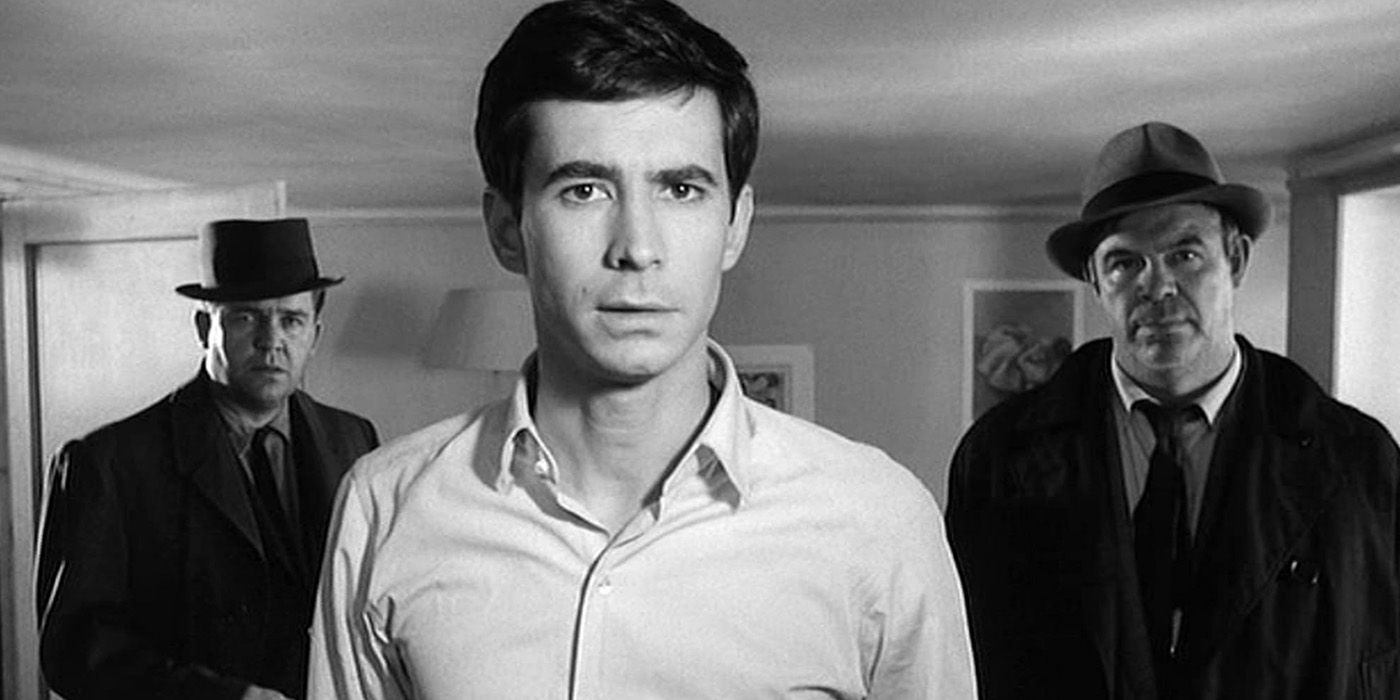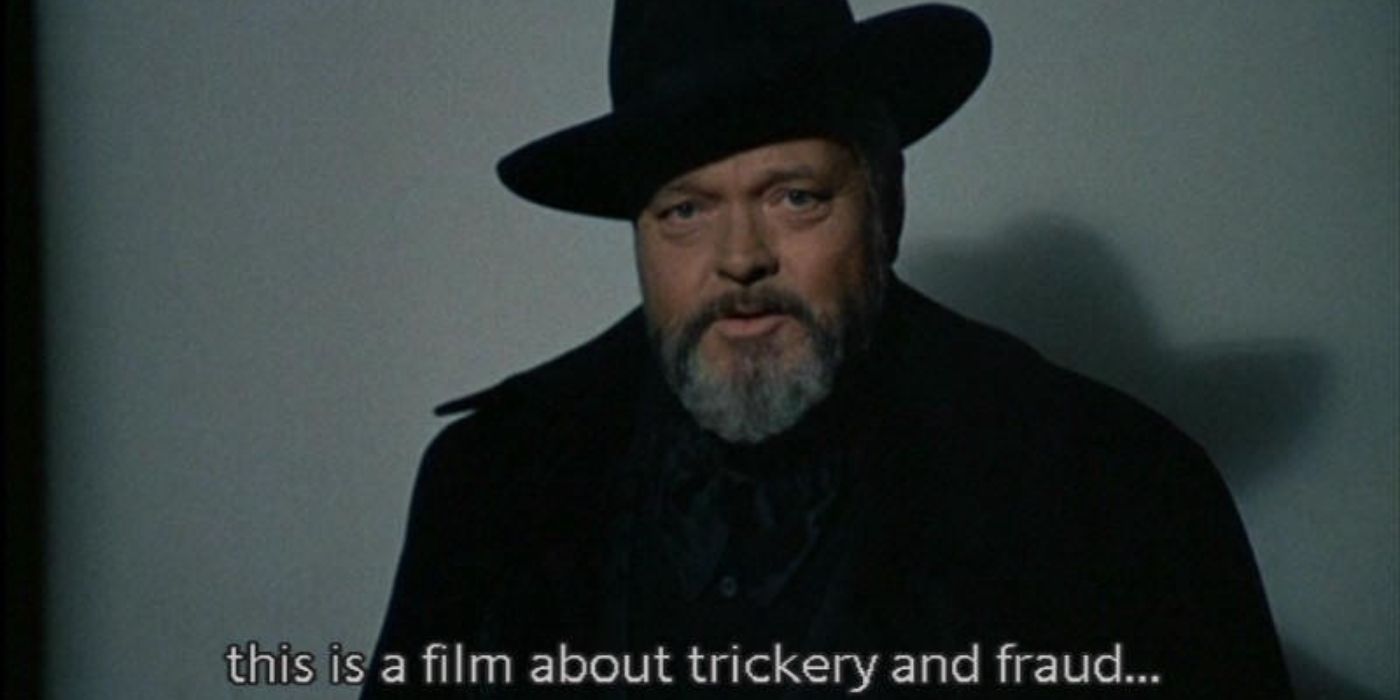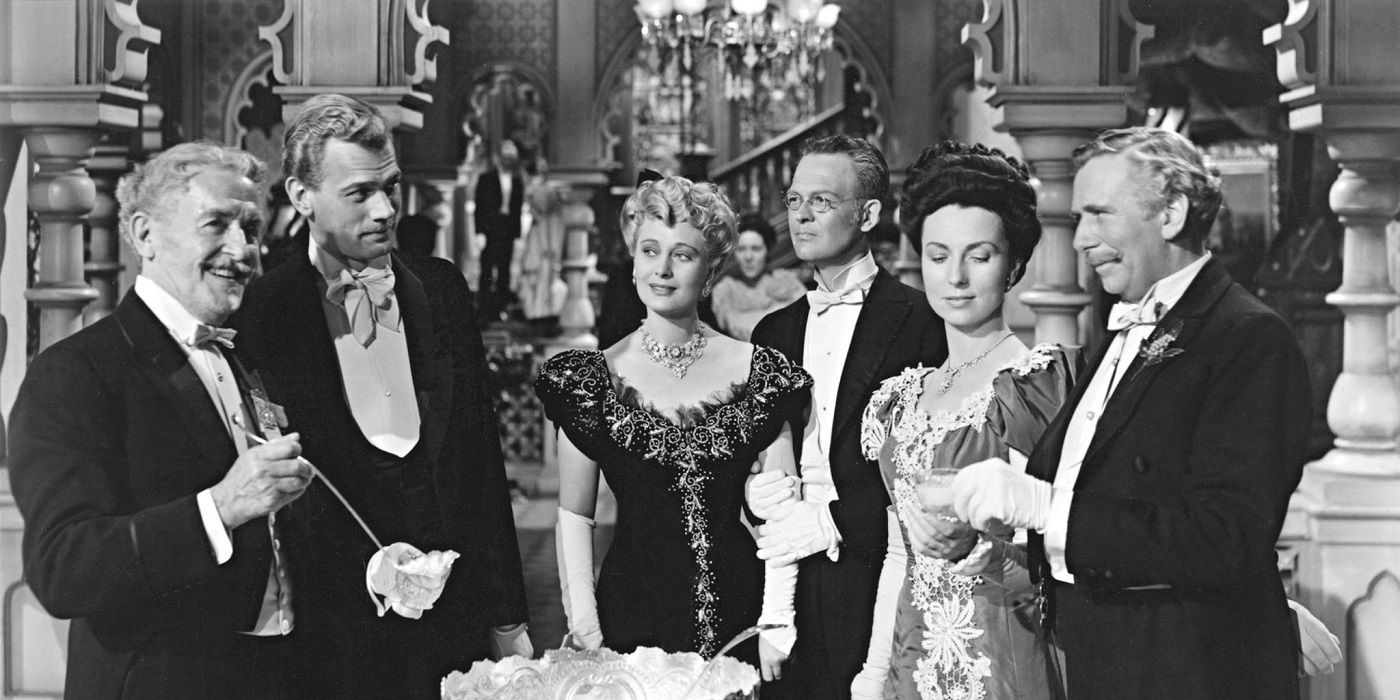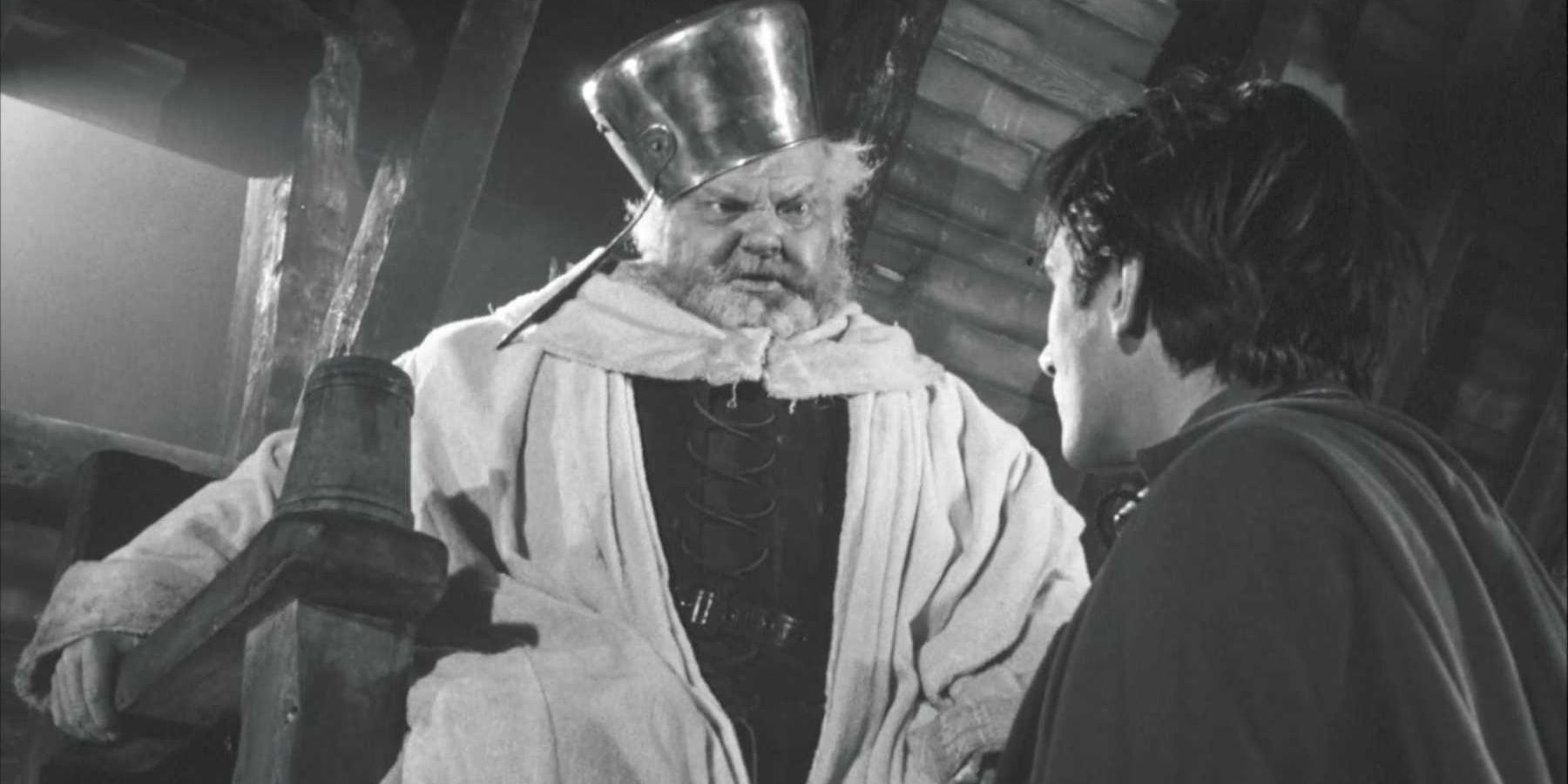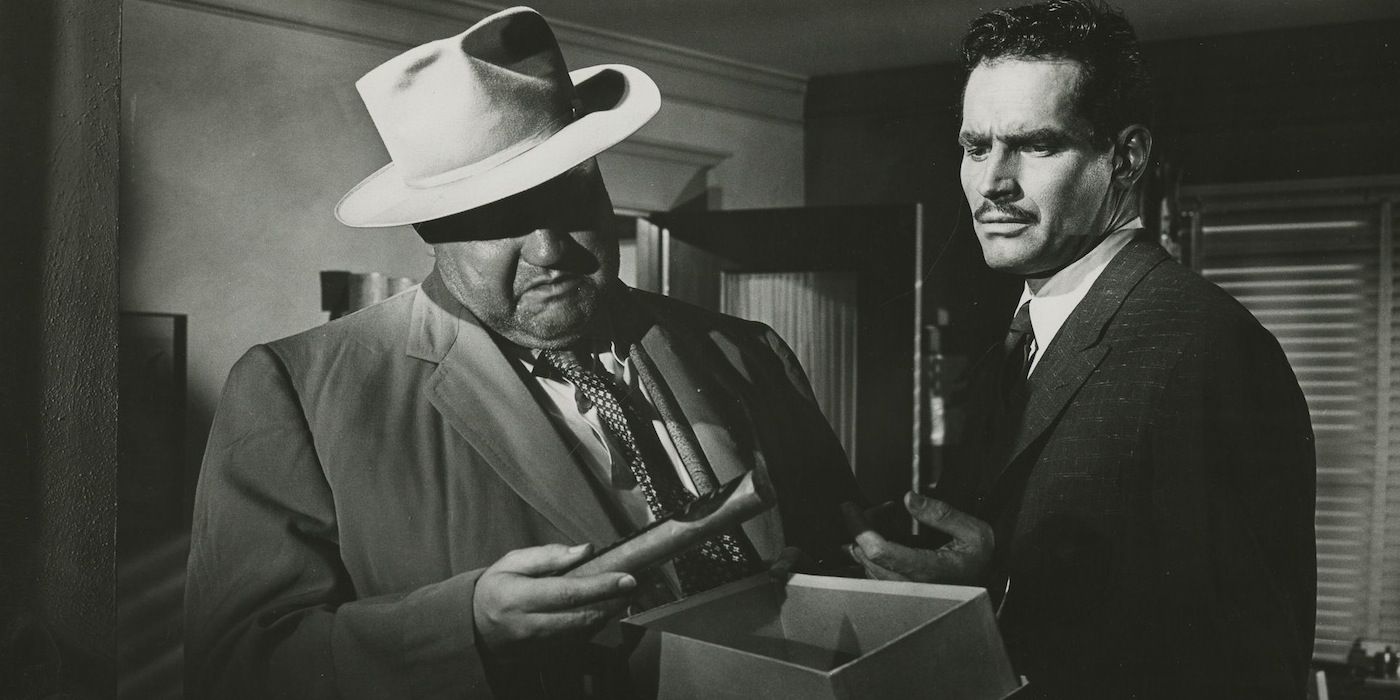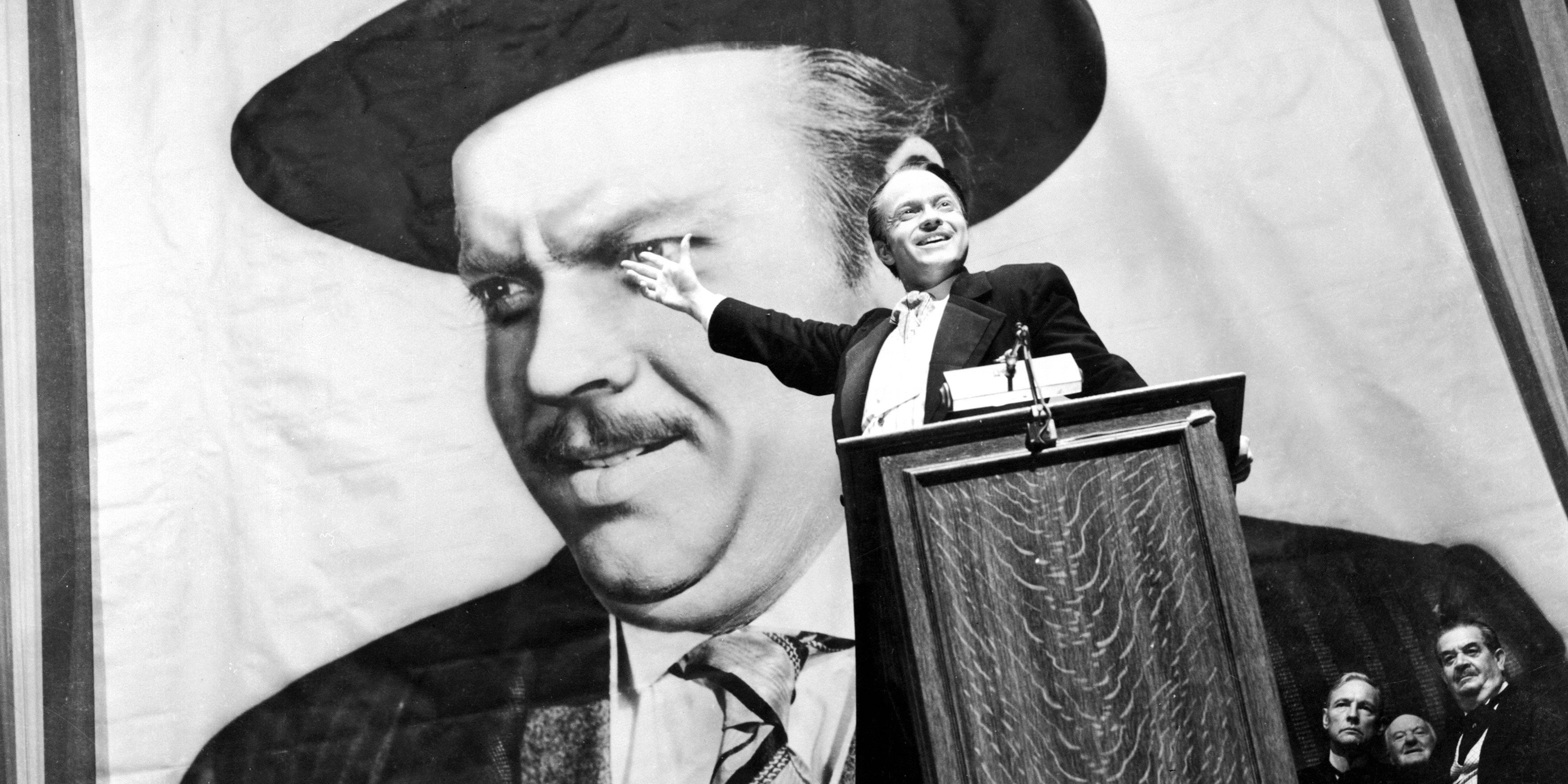Summary
- Orson Welles is one of the most significant filmmakers in history, known for his landmark movies such as Citizen Kane and Touch of Evil.
- Welles made a major impact on the film noir genre in the 1940s and 1950s, shaping its overall shape and scope.
- Welles had a diverse range of talents, including acting, writing, and producing, and his multimedia influence made him a central figure in 20th-century entertainment.
Orson Welles is one of the most prolific and significant filmmakers that has ever lived. He has directed several movies that have acted as landmarks in cinematic history. Other than being known for his remarkable epic Citizen Kane and the film noir masterpiece Touch of Evil, the brilliant abilities of Welles have been put on display in nearly a dozen of other masterworks as a director. Welles significantly made an impact on the shape and scope of the film noir genre in the 1940s and 1950s.
Welles also had memorable acting performances in films like 1949 The Third Man and writing credits for movies such as 1943's Journey Into Fear. The larger-than-life reach of Welles' influence was also felt in other media formats such as radio. Welles produced and narrated an infamous radio broadcast based on the 1898 novel War of the Worlds by H.G. Wells that was so convincing, people actually believed it was real. Welles' multimedia influence made him one of the central figures of the 20th century in entertainment.
13 The Immortal Story (1968)
The Immortal Story is a TV movie that Welles directed and starred in alongside Jeanne Moreau in 1968. Welles' Immortal Story was an adaptation of the original novel of the same name written by Karen Blixen. The story follows a wealthy merchant named Charles Clay who hires two people to reimagine a tale of a sailor who is compensated for getting another man's wife pregnant. The film, which takes place in Macao, Portugal during the 19th century, was Welles' first venture into color cinematography and is celebrated for its poetic visualization that ultimately enhanced the original text.
12 Mr. Arkadin (Confidential Report) (1955)
Originally titled Mr. Arkadin, Confidential Report stars Welles as another wealthy individual named Gregory Arkadin who hires an American smuggler to investigate his past. The screenplay was written by Welles and is an adaptation of a novel that Welles also wrote based on an episode of a radio series he starred in called "The Lives of Harry Lime." The film was shot over multiple decades and locations including Spain, France, and Switzerland, making it one of the most unusual and somewhat unfocused installments of his filmography as a director.
11 The Other Side Of The Wind (2018)
The Other Side of the Wind was the last official directing effort made by Welles, which was largely considered unfinished until its long-awaited release in 2018. The movie was constructed mostly after Welles' death in 1985 and consists of several instances of cinema verité style documentary footage that combines with Welles' masterful directorial style. Certainly Welles' most modern film due to its release date and the fact that it was mostly shot during the 1970s, The Other Side of the Wind is a must-watch for every fan of the acclaimed director.
10 Macbeth (1948)
Many prominent directors, such as Akira Kurosawa, Joel Coen, and Roman Polanski, have offered their cinematic interpretations of William Shakespeare's Macbeth, and Welles was one of the first. Welles also plays the titular role of the ambivalent protagonist and produced his own screenplay adaptation of the famous play. Welles incorporates his masterful cinematic sensibilities to create one of the most prominent and effective visual atmospheres out of any Macbeth film.
9 The Stranger (1946)
Welles plays the imposterous Professor Charles Rankin in The Stranger, his third directorial effort. The Stranger pairs Welles with another prominent actor of the time Edward G. Robinson which makes for a pair of tour-de-force performances between the two experts of craft. The film establishes many of the modern tropes of the thriller genre and secured the endurance of the prolific filmmaker after the overwhelming success of Citizen Kane in 1941.
8 Othello (1951)
Another Welles-directed Shakespeare adaption, Othello plays the tragic hero in his 1951 film interpretation. Othello excels similarly in the beautiful cinematic representation of Shakespeare's original text that brings its thoughtful language to life. The film famously disappeared during the 1960s until a rearranged version of the film emerged in 1992 that took many creative presumptions into account that many Welles fans believe deviate from the director's original intent. Welles also performed a stage version of Othello in London in order to help finance the film adaptation.
7 The Lady From Shanghai (1947)
The Lady from Shanghai was Welles' 1947 follow-up to The Stranger and became one of the finest film noir movies of the era upon its release. Welles also stars as Michael O'Hara, a man who is enamored by a gorgeous married woman named Elsa Bannister (Rita Hayworth) while working on her husband's yacht at sea. The Lady from Shanghai offers some of the best examples of Welles as a brilliant director that almost theatrically focused on the characters its exciting and heightened ways, making for one of Welles' best pictures.
6 The Trial (1962)
The Trial features a rare collaboration between Psycho star Anthony Perkins and Welles in the director's chair. Josef K (Perkins) wakes up one day to realize he's been charged and sentenced to appear at a court hearing for crimes he is completely unaware of. The film minatins the Kafkaesque quality of its source material, meaning that there is a level of nightmarish surrealism infused into its overall style and tone. Welles' vision for The Trial is some of his most unhinged and free-flowing work behind the camera that creates a monumental and haunting aesthetic atmosphere.
5 F For Fake (1973)
One of the most unique installments of Welles' filmography is his 1973 documentary F for Fake. Welles dives into the concept of fraud and fakery and how it applies to art and entertainment as a whole. The film is celebrated for its originality as well as its innovative feats in film editing, consisting of a number of intriguing pans, cuts, and freeze frames that combine to create something that feels truly one of a kind. The documentary takes a self-reflexive look at the notion of illusion and its significance in entertainment and art while painting Welles as a professional prankster of sorts.
4 The Magnificent Ambersons (1942)
The Magnificent Ambersons only features Welles onscreen as a narrator alongside an ensemble cast that combines to produce one of his best works. The film largely acts as a cinematic milestone in its depiction of the pitfalls of a successful and idolized family called the Ambersons during the 19th century. The film might be Welles' best effort in crafting an extraordinary screenplay next to Citizen Kane despite being notoriously stripped down and edited by Welles' production company RKO.
3 Chimes At Midnight (1965)
Chimes at Midnight is undeniably one of Welles' best films that is on par with his most famous cinematic installments. The film is another Welles adaptation of Shakespeare in which he plays the recurring character Sir John Falstaff. Chimes at Midnight depicts the reign of King Henry IV through the eyes of the eccentric but untrustworthy Falstaff, who Welles plays in the film. The brilliant movie follows the rise of Henry V and combines several details of Shakespeare's Henry IV play with other prominent works.
2 Touch Of Evil (1958)
Welles' Touch of Evil is one of the best film noir movies ever made for its masterful cinematography and lighting elements. Welles is at an all-time high in virtually every creative department with Touch of Evil, ranging from a tightly paced script, captivating performances, and slightly surrealistic yet modern tone. Touch of Evil remains celebrated for its engaging complexity that had cemented it as a textbook example of Welles' filmography and the film noir genre at large.
1 Citizen Kane (1941)
Often regarded as a top contender for the greatest film of all time, Welles' first-ever movie Citizen Kane is the best movie of his illustrious career. Citizen Kane set new creative precedents in a number of areas that have forever shifted the possibilities of visual storytelling ranging from deeply conflicted protagonists to thoughtfully profound moral themes and philosophical inquiries. Citizen Kane at its core is about one's lust for power and prominence and the childlike sentimentalities that are lost in the egotistical pursuits which a capitalistic system and media-obsessed culture celebrates, making it Orson Welles' best picture.



